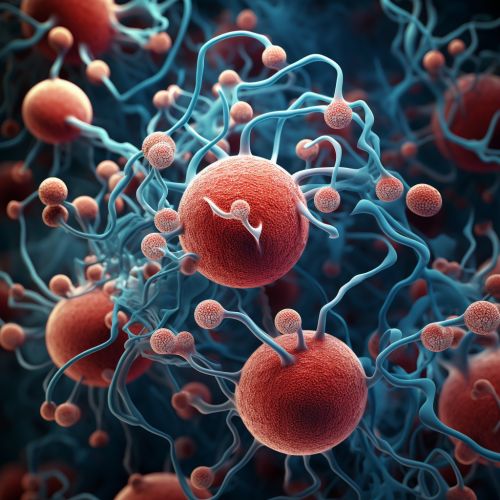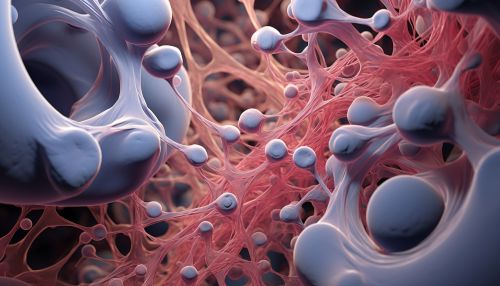Ribosomopathies
Introduction
Ribosomopathies are a group of rare genetic disorders characterized by the malfunction of ribosomes, the cellular machinery responsible for protein synthesis. These disorders result from mutations in genes encoding either ribosomal proteins or factors involved in ribosome biogenesis. Ribosomopathies present a wide range of clinical manifestations, but they often involve specific tissues such as bone marrow, skin, and craniofacial structures.


Pathogenesis
The pathogenesis of ribosomopathies is complex and not fully understood. However, it is generally accepted that these disorders result from impaired ribosome biogenesis or function. Ribosomes are essential for all cellular functions as they are responsible for protein synthesis. Any defect in ribosome biogenesis or function can lead to a wide range of cellular abnormalities and clinical manifestations.
The mutations in ribosomopathies often affect genes encoding ribosomal proteins or factors involved in ribosome biogenesis. These mutations may lead to a reduction in the number of functional ribosomes, impair the function of existing ribosomes, or both. This can result in a global reduction in protein synthesis, which can affect the function of various tissues and organs.
Clinical Manifestations
The clinical manifestations of ribosomopathies are diverse and depend on the specific disorder. However, some common features are often observed. These include growth retardation, bone marrow failure, craniofacial abnormalities, and skin abnormalities.
Growth retardation is a common feature of many ribosomopathies. This is likely due to a global reduction in protein synthesis, which can affect the growth and development of various tissues and organs.
Bone marrow failure is another common feature of ribosomopathies. This can lead to a reduction in the number of red blood cells (anemia), white blood cells (leukopenia), and platelets (thrombocytopenia). This can result in a variety of symptoms, including fatigue, increased susceptibility to infections, and increased bleeding and bruising.
Craniofacial abnormalities are also common in ribosomopathies. These can include a small head size (microcephaly), a narrow forehead, a prominent nose, and a small lower jaw (micrognathia). These abnormalities are likely due to impaired protein synthesis in the craniofacial structures during development.
Skin abnormalities are also common in ribosomopathies. These can include a variety of skin rashes, hyperpigmentation, and increased sensitivity to the sun.
Diagnosis
The diagnosis of ribosomopathies is often challenging due to the diverse clinical manifestations and the rarity of these disorders. However, the diagnosis is usually based on a combination of clinical features, laboratory tests, and genetic testing.
Clinical features such as growth retardation, bone marrow failure, craniofacial abnormalities, and skin abnormalities can suggest the possibility of a ribosomopathy.
Laboratory tests can reveal abnormalities such as anemia, leukopenia, and thrombocytopenia. In addition, tests can also reveal abnormalities in protein synthesis.
Genetic testing can confirm the diagnosis of a ribosomopathy. This involves sequencing the genes known to be associated with ribosomopathies to identify any mutations.
Treatment
The treatment of ribosomopathies is primarily supportive and depends on the specific symptoms and complications. This can include transfusions for anemia and thrombocytopenia, antibiotics for infections, and various interventions for craniofacial abnormalities.
In some cases, bone marrow transplantation may be considered. This can potentially cure the bone marrow failure associated with some ribosomopathies. However, this procedure carries significant risks and is usually considered only for severe cases.
Prognosis
The prognosis of ribosomopathies varies widely and depends on the specific disorder and the severity of the symptoms. Some individuals with ribosomopathies have a normal lifespan, while others may have a reduced lifespan due to complications such as bone marrow failure.
Research Directions
Research on ribosomopathies is ongoing and aims to better understand the pathogenesis of these disorders, improve diagnostic methods, and develop more effective treatments. This includes research on the role of ribosomes in cellular function and development, the mechanisms by which mutations in ribosomal proteins or factors involved in ribosome biogenesis lead to ribosomopathies, and the development of novel therapeutic approaches.
